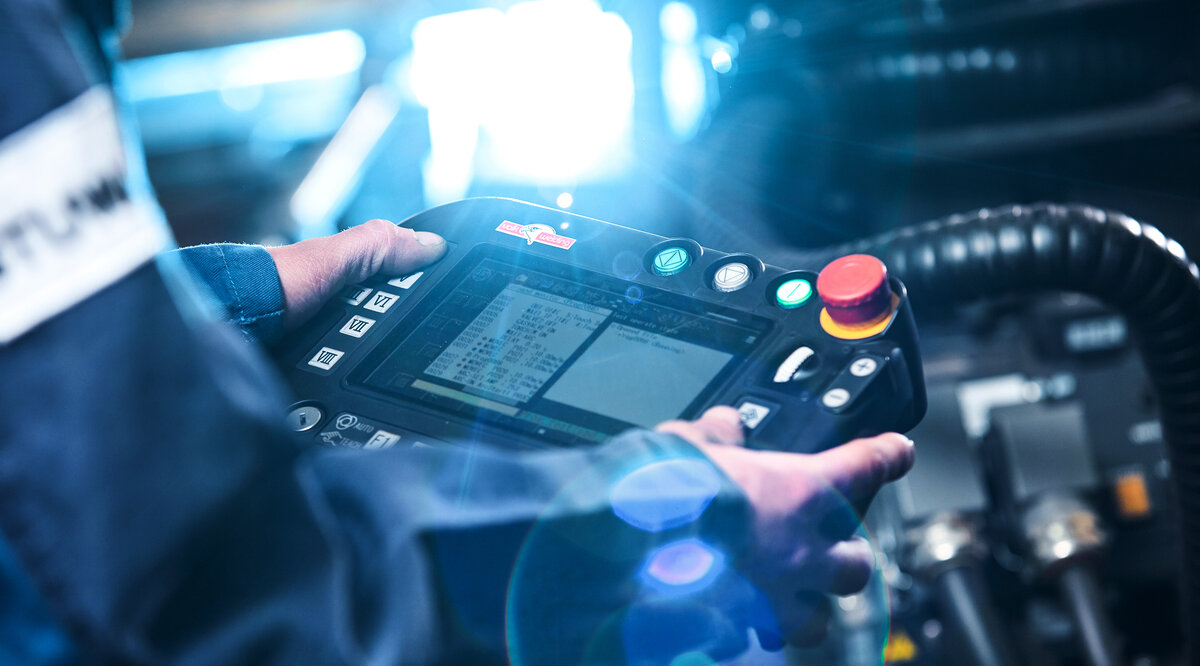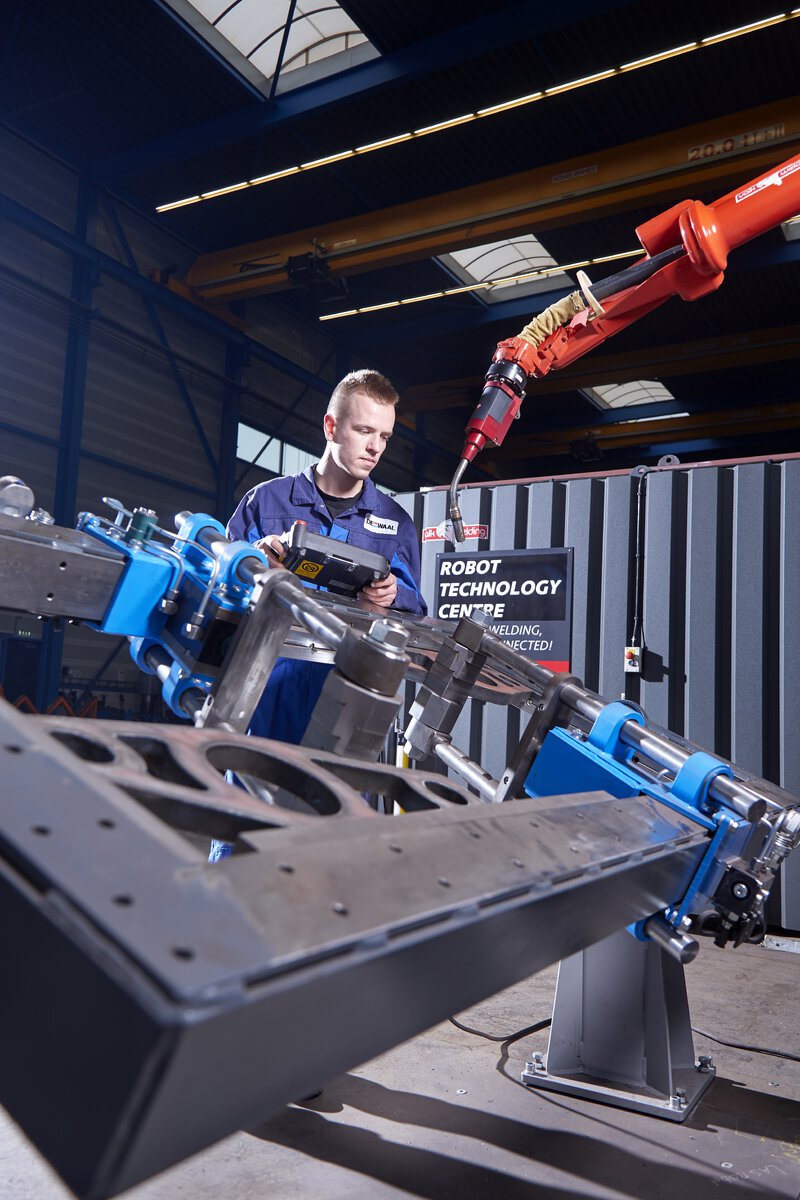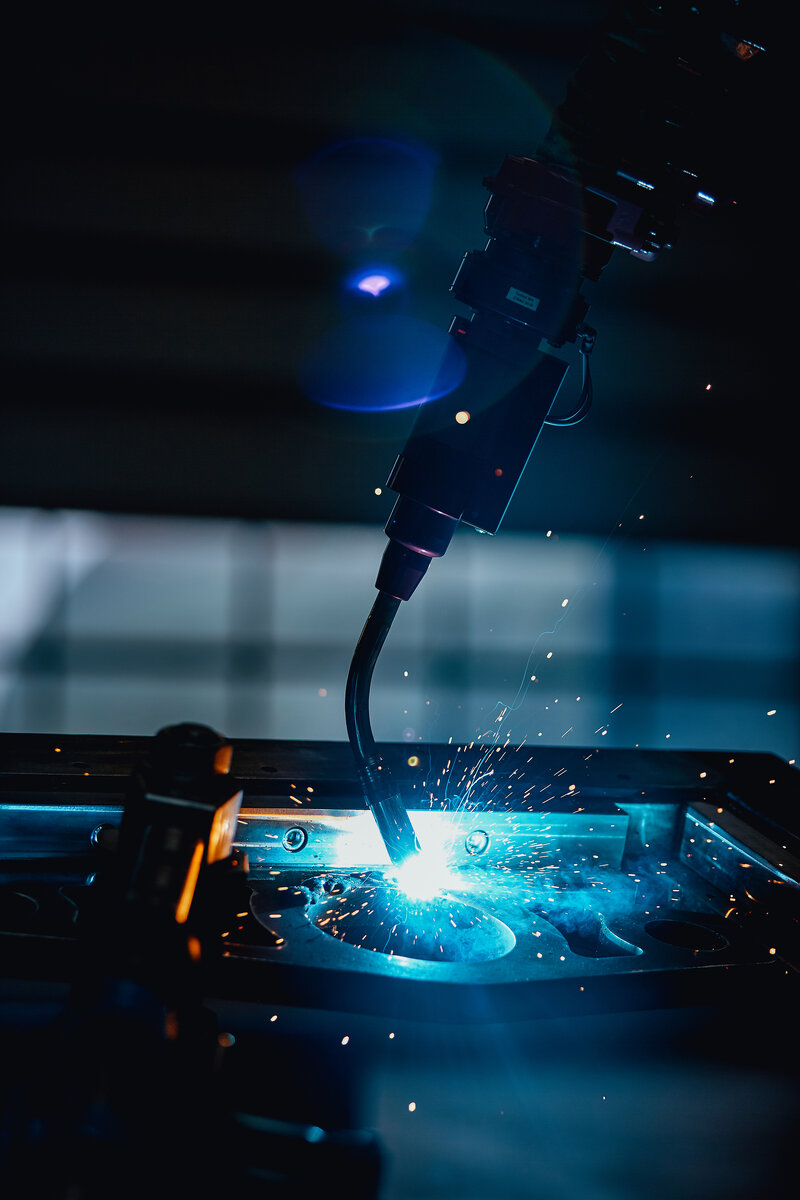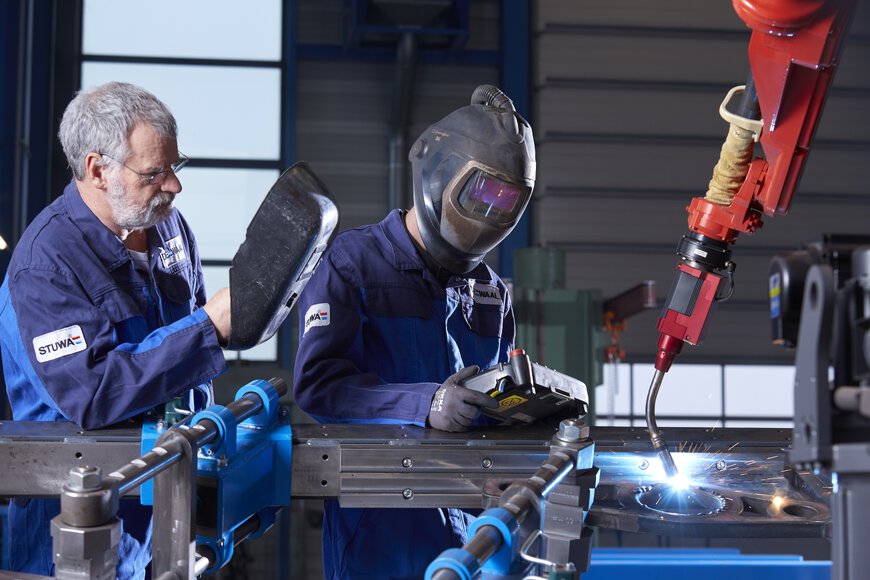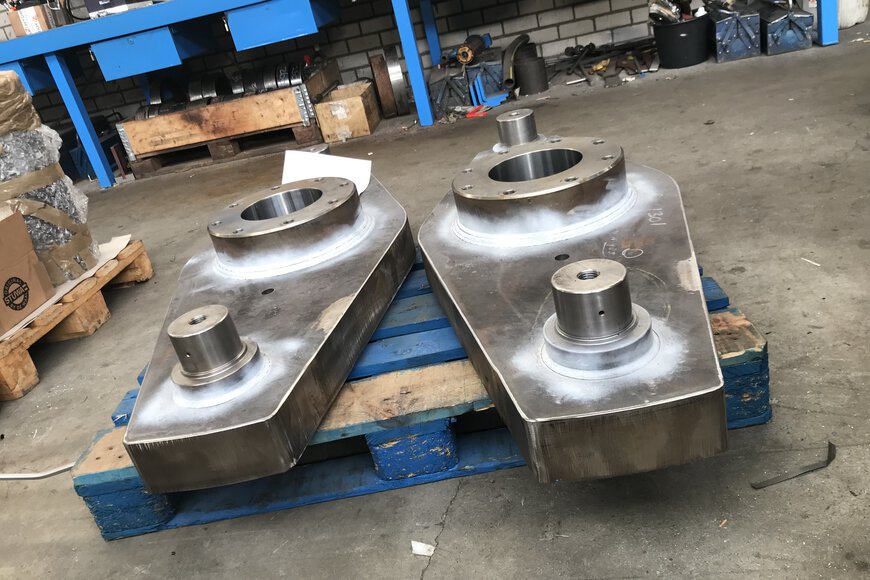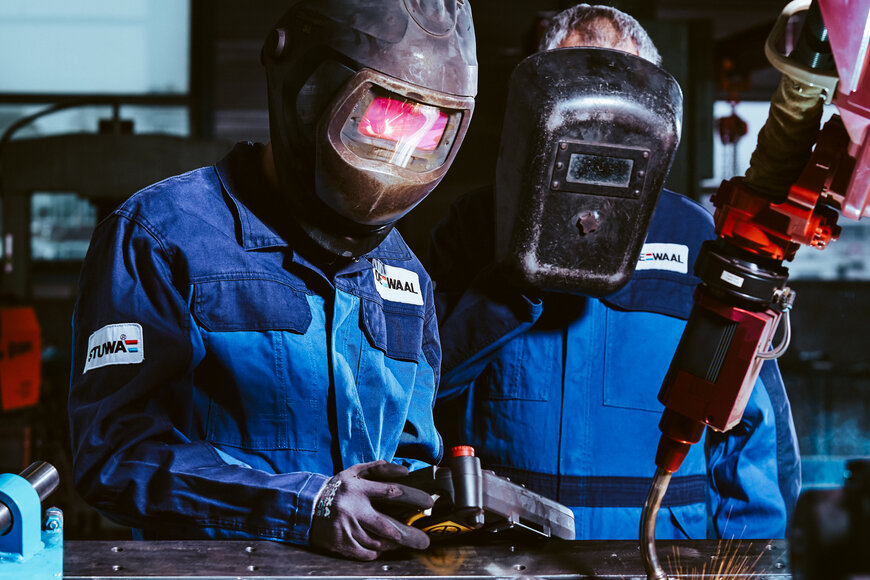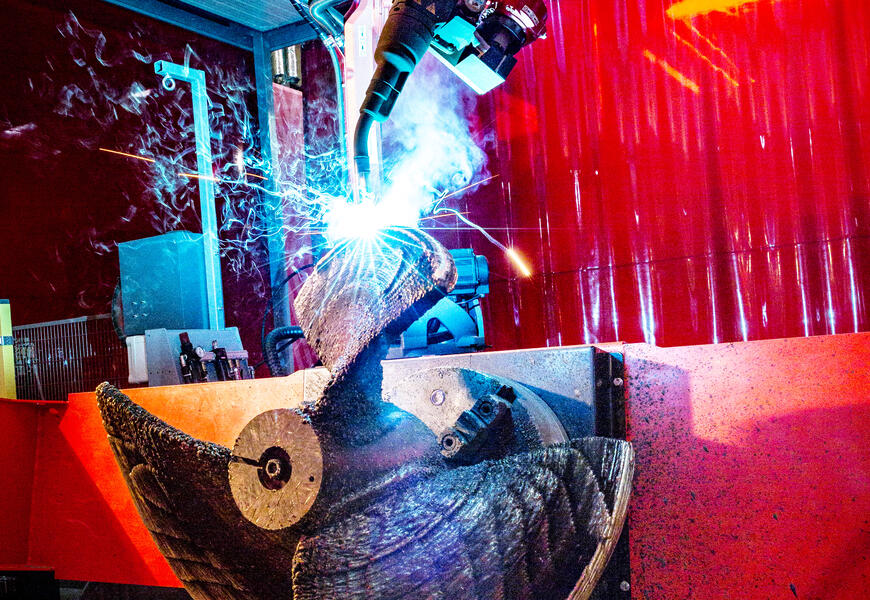Wiedza która przemija
‘’W przemyśle stoczniowym mamy także do czynienia z dezaktualizacją wiedzy, która dotyka jej ważnych aspektów dotyczących także doświadczenia, jeśli nie będziemy aktualizować jej na czas. Widzimy, że są trudności w pozyskaniu profesjonalnych spawaczy, a także trudno dobrze wyszkolić nowych fachowców – z tego powodu zlecamy część prac innym firmom. Obecnie występuje presja związana z szybkim czasem realizacji zamówień, nadążaniem za wysokimi wymaganiami, wiemy, że fachowcy znikną z rynku po pewnym czasie, a duża część produkcji zostanie przeniesiona za granicęDlatego uważamy, że zastosowanie robotów spawalniczych jest rozwiązaniem niezwykle ważnym dla firmy” wyjaśnia dyrektor Johan Verlaan. ‘’Dlatego rozpoczęliśmy tę innowacyjną batalię’’.
Obecna sytuacja
Obecnie elementy sterów są spawane w sposób półautomatyczny. Spoiny obwodowe muszą być spawane wielowarstwowo i aby uniknąć deformacji, muszą być wykonywane naprzemiennie z obu stron spawanego elementu. Operator jest obecny podczas całego cyklu produkcji. Aby obrócić spawany element, musimy użyć suwnicy. Kompletny cykl spawania elementu trwa 40 minut, z czego 16 minut trwają operacje przenoszenia”

